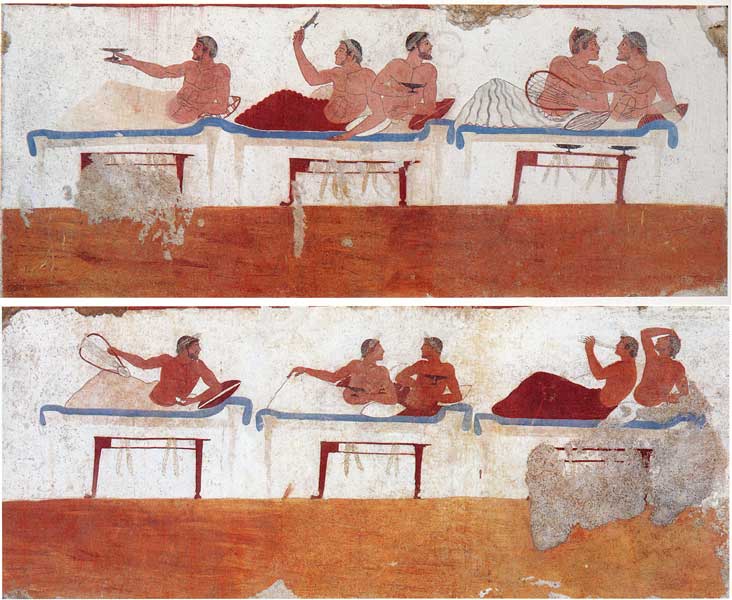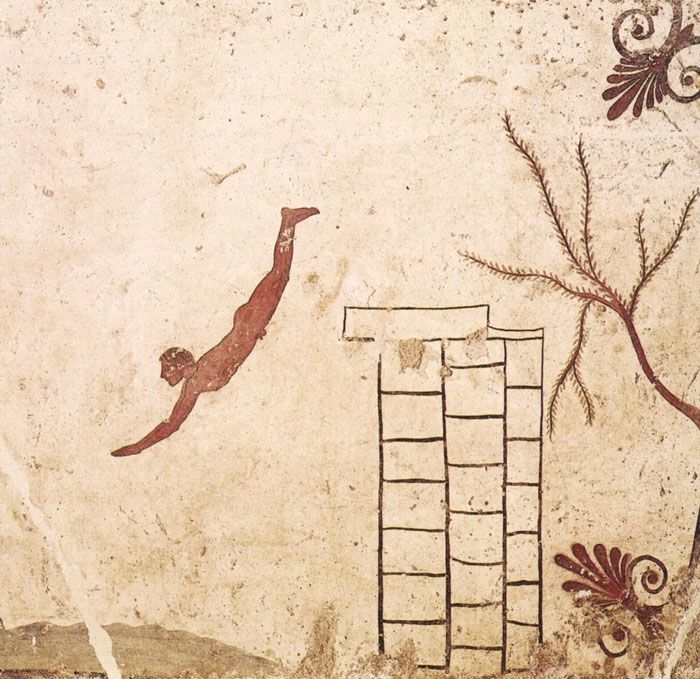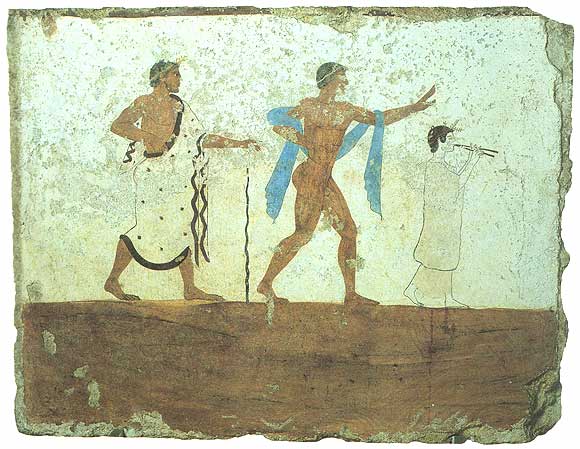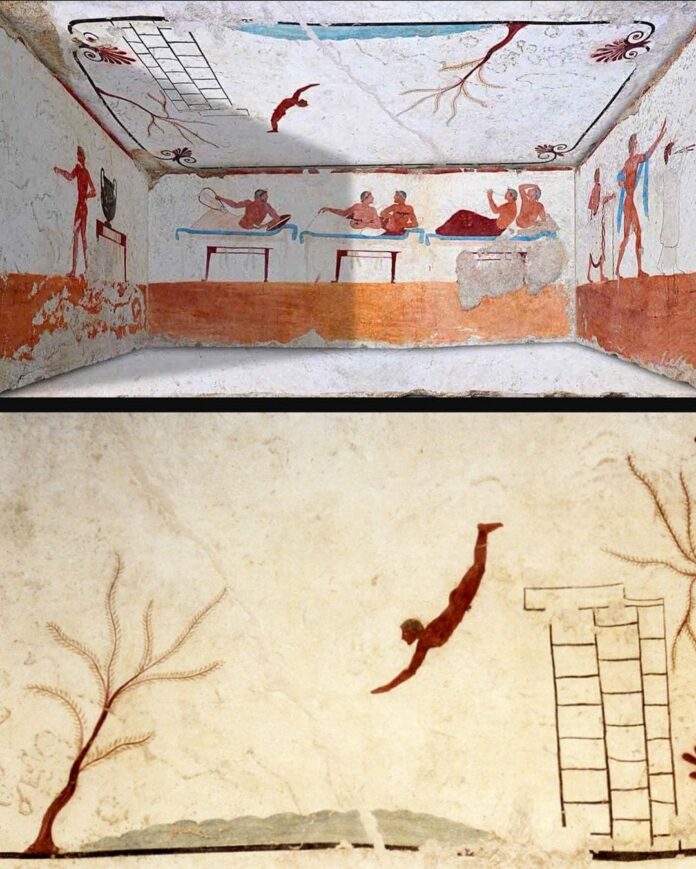The ancient world has long captivated the imagination of scholars and enthusiasts alike, offering glimpses into the rich tapestry of human civilization. Among the many treasures unearthed from the past, one particular discovery stands out as a testament to the artistry and spirituality of the Ancient Greeks – the Tomb of the Diver, located near the ancient city of Poseidonia, modern-day Paestum, in southern Italy.
The Discovery of the Tomb of the Diver

On a fateful day in June 1968, the Italian archaeologist Mario Napoli was conducting excavations at a small necropolis just a mile south of Paestum. As the sun began to set, Napoli’s team uncovered a remarkably well-preserved tomb, its interior revealing a stunning and unprecedented sight. Stepping into the chamber, they were greeted by a breathtaking scene – the walls adorned with exquisite frescoes depicting a young man diving into the waves, as well as symposium scenes of a traditional Ancient Greek banquet.
The Significance of the Tomb’s Artwork
The Tomb of the Diver is a true masterpiece of ancient Greek funerary art, and its significance cannot be overstated. Until this discovery, Greek tombs from the Orientalizing, Archaic, or Classical periods were known to be decorated with geometric patterns or simple iconography, but never with figurative scenes. The presence of these frescoes, executed in the “true fresco” technique, makes the Tomb of the Diver a revolutionary and unparalleled find.

The Diving Scene
The central image on the ceiling of the tomb features a young man, perhaps the tomb’s occupant, diving into the waves below. This striking depiction not only captures the grace and elegance of the human form but also speaks to the complex relationship between life and death that was so integral to Ancient Greek beliefs.
The Symposium Scenes
The lateral walls of the tomb are adorned with scenes of a traditional Ancient Greek banquet, or symposium. These depictions of bare-chested young men reclining on sofas, playing lyres, and engaging in various social activities offer a glimpse into the cultural and social practices of the time.
The Mysteries of the Tomb

The Tomb of the Diver is not merely a work of art; it is a complex and multifaceted expression of the beliefs and rituals of ancient Greek culture. The presence of the turtle-shell lyre and the Attic lekythos vase suggest a connection to the Orphic mysteries, a set of religious beliefs and practices that centered on the idea of the soul’s transmutation from the physical body to a higher state of being.
Conclusion
The Tomb of the Diver stands as a remarkable testament to the artistry, spirituality, and cultural richness of the Ancient Greek world. Its discovery has shed new light on the funerary practices and beliefs of a civilization that continues to captivate and inspire us to this day. As we gaze upon the ethereal beauty of the frescoes and ponder the mysteries they hold, we are reminded of the enduring power of human creativity and the enduring quest to understand the mysteries of life and death.
